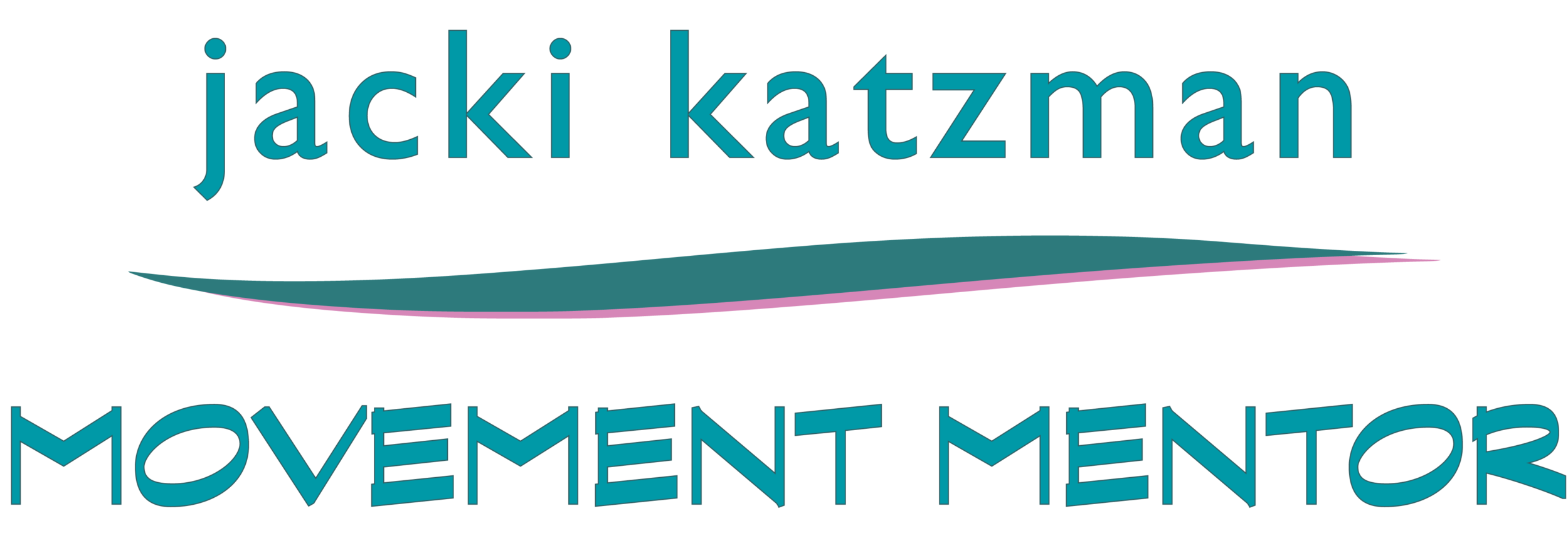Seeing Clearly - 6 - Seeing Deeply
Seeing Clearly - Lesson 6 - Seeing Deeply
Sensing Eyes from the Inside Out
The conscious mind is almost entirely housed in the muscles of the eyes - Milton Erickson
Lesson 6 is out there, or, rather, deep in there. Using the tongue as a pointer and sensor, experience where, exactly, the eyes rest in the skull. It’s a strange and powerful experience.
Your tongue is the only muscle that extends outside your body. Some fun facts about tongues:
The tongue is an extremely movable set of muscles, which is well-supplied with blood and has many nerves.
The root of the tongue is firmly anchored to the floor of the mouth. The other parts of the tongue can move freely. Muscles and ligaments connect the tongue to the hyoid bone (or lingual bone) in the upper part of the throat and to the voice box. The lingual frenulum connects the tongue to the lower jaw. Some muscles even connect the tongue to the base of the skull.
The tongue has a great ability to move in all directions. The reason for this is the way the muscle fibers are arranged, which is unique in our body. They run in all three directions: from front to back, from the sides to the middle and from top to bottom.
Being extremely movable, the tongue’s main job is helping us eat. The movements of the tongue also massage small glands directly underneath it and squeeze out saliva. The tongue’s mucous membrane contains many taste receptors to test the things we eat and drink.
The tongue is vitally important, particularly for babies when breastfeeding. It works like a piston, with the cavity of the mouth being the cylinder.
The tongue is extremely agile and quick: It can produce more than 90 words per minute, using more than 20 different movements.
And most important for us today: The tip of the tongue is the part of the body that is most sensitive to touch.
We will be going deep inside to look out from inside the skull to locate the eyes in the head and in space. The tongue is the sensing device. This combo of tongue, skull and eyes might flip you out, but that’s cool. Coming from deep inner space outward is vision from a different angle. Very Feldenkrais-ian.
Source: medicalnews.com
For the science nerd part of the lesson, we will first ground into a little anatomy:
This lesson starts on the back, with a few brief, optional rests on the side.
The Curriculum Includes:
Our Eyes and Ourselves
Relaxed Eyes
Breathing to See
Easy Seeing
Improving Your Aim
Seeing Deeply
Integrating your vision
Wrapping it Up
David Webber overcame severe optic degeneration and shared his learning
Wednesdays | 9:30-10:15 AM and 6:30-7:15
New Student Registration
How you might feel after this lesson:
Tongue alive; New sense of how the eyes align in the skull and to the horizon; Deep relaxation; Eyes soft and without strain; Whole face and palate feels alive




